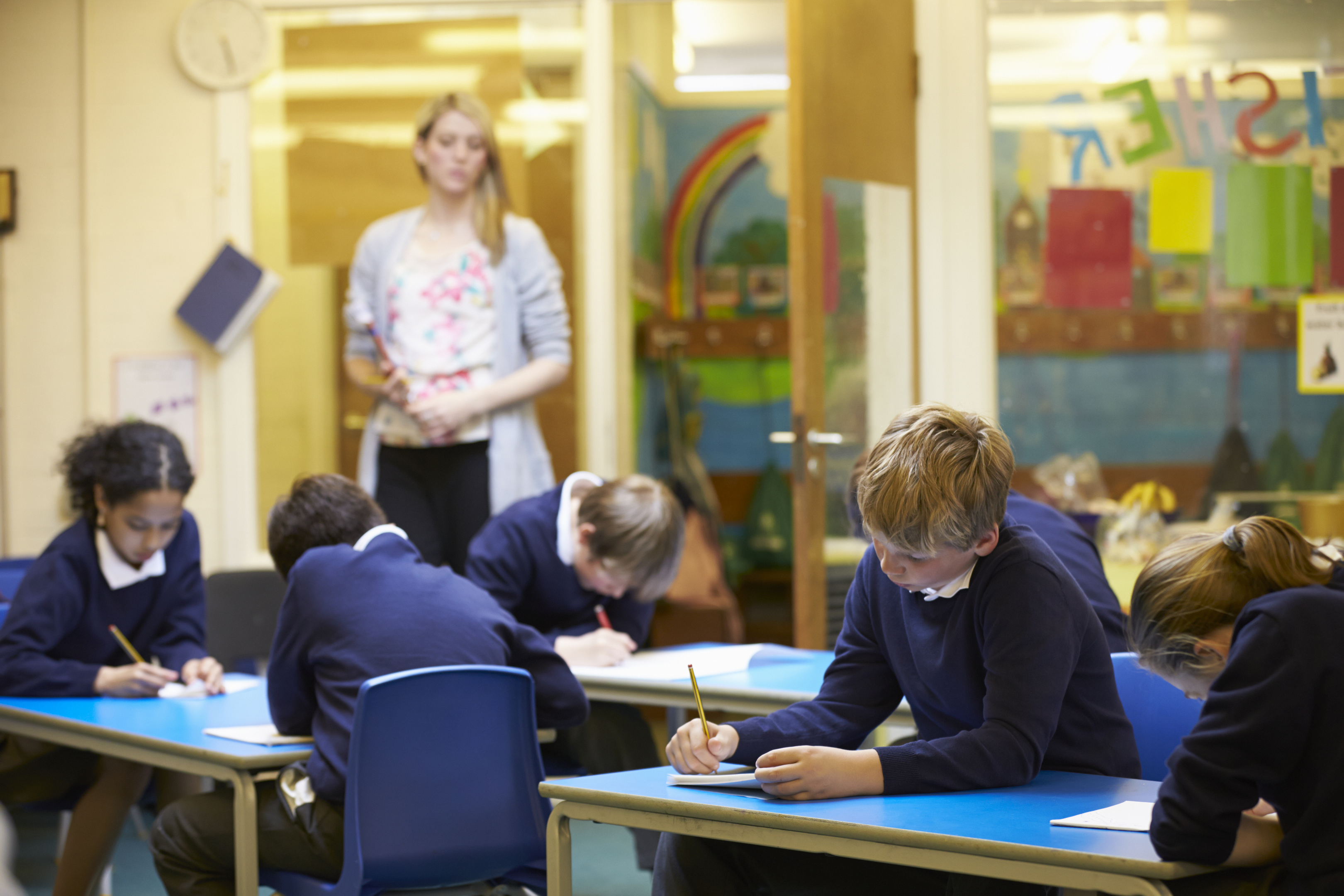
THE number of primary school pupils in classes of more than 30 has risen by more than a third in six years.
Labour has blamed “supersized” classes in Scotland’s primary schools for the continuing attainment gap between richer and poorer pupils.
Limiting class sizes in the first three years at primary to 18 was a key pledge in the SNP’s 2007 manifesto.
When a majority SNP government came into power in 2011 the number of primary pupils in classes of 31 or larger was 31,842.
This rose to 45,843 in 2017, a 44% increase, and is up by more than 1,000 on the previous year at 44,667.
In 2011, new Scottish Government legislation came into force limiting P1 class sizes to 25, which it said at the time was an “important stepping stone” to reaching its 18 pledge.
Since then the number of P1 pupils in a class size of 26 or more has dropped by more than 90% from 6,896 in 2010 to 631 in 2017.
Scottish Labour’s education spokesman Iain Gray said: “The pledge to cut classroom sizes was key in the SNP forming a government a decade ago – but that promise has been smashed to pieces.
“We are increasingly seeing our children taught in supersized classes. No wonder the attainment gap between the richest and the poorest remains so stubborn.
“Overworked and underpaid teachers are facing increasingly large classes with fewer opportunities to help pupils one on one.
“The change we need to see in our schools is enough teachers with enough support and resources.”
A Scottish Government spokeswoman said: “Teacher numbers are increasing – the fact is there are more primary teachers than at any time since 2007 and the ratio of pupils to teachers is at its lowest since 2013.
“We are providing £112 million in 2018-19 specifically to fund councils to maintain teacher numbers, including funding for the recent teacher pay award.
“Our investment has enabled councils to halt a period of steady decline in teacher recruitment, resulting in 543 more teachers than the previous year – the first substantial increase since 2007.”

Enjoy the convenience of having The Sunday Post delivered as a digital ePaper straight to your smartphone, tablet or computer.
Subscribe for only £5.49 a month and enjoy all the benefits of the printed paper as a digital replica.
Subscribe